Dancing Bones
Hatiora Salicorniodes
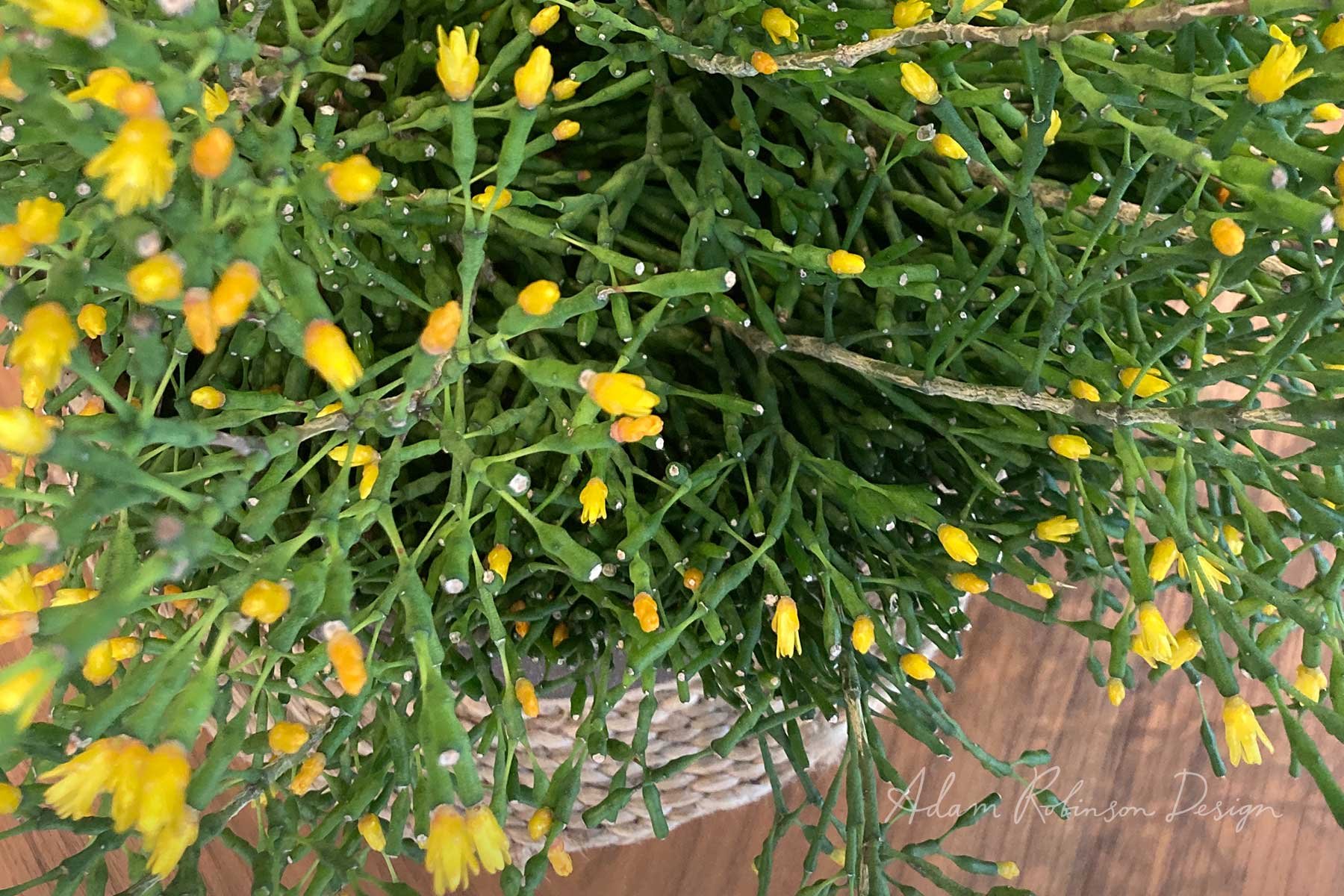
Hatiora salicorniodes (formerly known as Rhipsalis salicorniodes) is an attention-grabbing ipiphytic cacti commonly known as Dancing Bones. Most species of Rhipsalis are found in the tropical forests of Central and South America with a small occurrence in Africa and Asia.
These plants are naturally found growing on the surfaces of trees where they attach to the branches and obtain their moisture and nutrients from the surrounding environment without being parasitic to the tree. They also inhabit the surfaces of crevices of rocks.


Dancing Bones has a pendulous, sprawling habit so it is well suited to growing in hanging pots or grown on a ledge where branches can drape or trial down. The stems are segmented and have a distinct, coral-like appearance, with small, green leaves that are flattened and stick out in several directions. The plant produces small, bright yellow flowers that bloom in the warmer months. They can be a little slow growing initially, but once they’ve settled in, they quickly seem to establish and form a lush and graceful plant.
Rhipsalis like a partially shaded environment with bright indirect light. Use a well-drained potting mix and maintain a good amount of watering throughout the year, easing off over the winter months. If growing in a pot, allow the pots to dry out between each watering. The main growth period is through Spring and Summer and these plants love humidity so love a misting spray from time to time.
_
Lagerstroemia
Lagerstroemia, is commonly known as Crepe Myrtle and there is a genus of around 50 species of deciduous and evergreen trees and shrubs.
Cornus kousa ‘Chinensis
Dogwoods are part of the Cornaceae family, and they are a hardy adaptable tree.
Hatiora Salicorniodes
Naturally found growing on the surfaces of trees where they attach to the branches.
Leucadendron argenteum
The Silver Dollar Maidenhair is an extremely attractive evergreen fern that looks like a Maidenhair with oversized foliage.
Adiantum Peruvianum
The Silver Dollar Maidenhair is an extremely attractive evergreen fern that looks like a Maidenhair with oversized foliage.
Madagascar Palm
This is a sun-loving plant that puts out all their new growth in the summer months.
Madagascar Palm
This is a sun-loving plant that puts out all their new growth in the summer months.
Ficus benghalensis
If you’re in the market for a new type of Ficus to grow indoors, here it is.
Agonis flexuosa
Agonis flexuosa is a beautiful species of tree that grows in the southwest region of Western Australia and is also known as Peppermint Willow.
Medinilla magnifica
Medinilla magnifica is arguably the most famous and flamboyant species of the genus.
Leucadendron laureolum hybrid
This shrub requires a full sun position and well-draining soil and has low water requirements once the plant is established.
Banksia blechnifolia
Banksia blechnifolia is a stunning prostrate shrub found in Western Australia that flowers in Spring.
Mahonia Japonica
Mahonia japonica is a beautiful species of flowering plant that belongs in the Berberidacea family, native to Taiwan.
Boronia Serrulata
A wonderful plant to use as a feature plant or in borders, or rockeries in the garden where it will thrive.
Phylica Pubescens
Featherhead is a waterwise plant that likes a full sun position with well drained acidic soil with a low PH.
Homalocladium Platycladum
A very bizarre member of the rhubarb and buckwheat family, all you see are the stems.
Alocasia Micholitzia ‘Frydek’
This tropical plant looks so beautiful but be warned it is toxic if ingested by people or fur babies, so keep it out of reach.
Sambucus Nigra
This large, upright deciduous shrub has striking, lacy, purple-black leaves from spring through to autumn.
Pittosporum Crassifolium
Pittosporum crassifolium is commonly known as Karo, and is a small evergreen tree or shrub that is native to New Zealand.
Hakea Bucculenta
Hakea bucculenta is commonly known as ‘red pokers’ and is a large evergreen shrub in the family Proteaceae, which is endemic to Western Australia.
Eremophila lachnocalyx
A flowering plant in the figwort family Scrophulariaceae and is an erect, spreading shrub.
Banksia cuneate or Matchstick Banksia
Banksia cuneate is highly susceptible to damage from climate change and intensive urbanisation as well.
Rex Begonia
An evergreen, rhizomatous perennial with an upright habit, and magnificent, vibrant foliage.
Allauadia procera
Like snakes on a Medusa’s head, the stems often fork off in a pendulous direction before curving back upwards.
Why You Should Grow Gotu Kola in Your Garden
Harvest the leaves for their health benefits. Gotu kola (Centella asiatica) is often referred to as Pennywort, Pennyweed or Spadeleaf.
Begonia maculata
Begonia maculata or Polka Dot begonia as it’s often called, is a stunning show-stopper to grow in your garden or have as an indoor pot-plant.
Dry Climate Lover
Naturally a ghostly wax colour and olive green in hot sunny conditions.
Pennisetum Alopecuroides ‘Nafray’
Native to Australia and not to be confused with the South African variety of Foxtail Grass (Pennisetum setaceum).

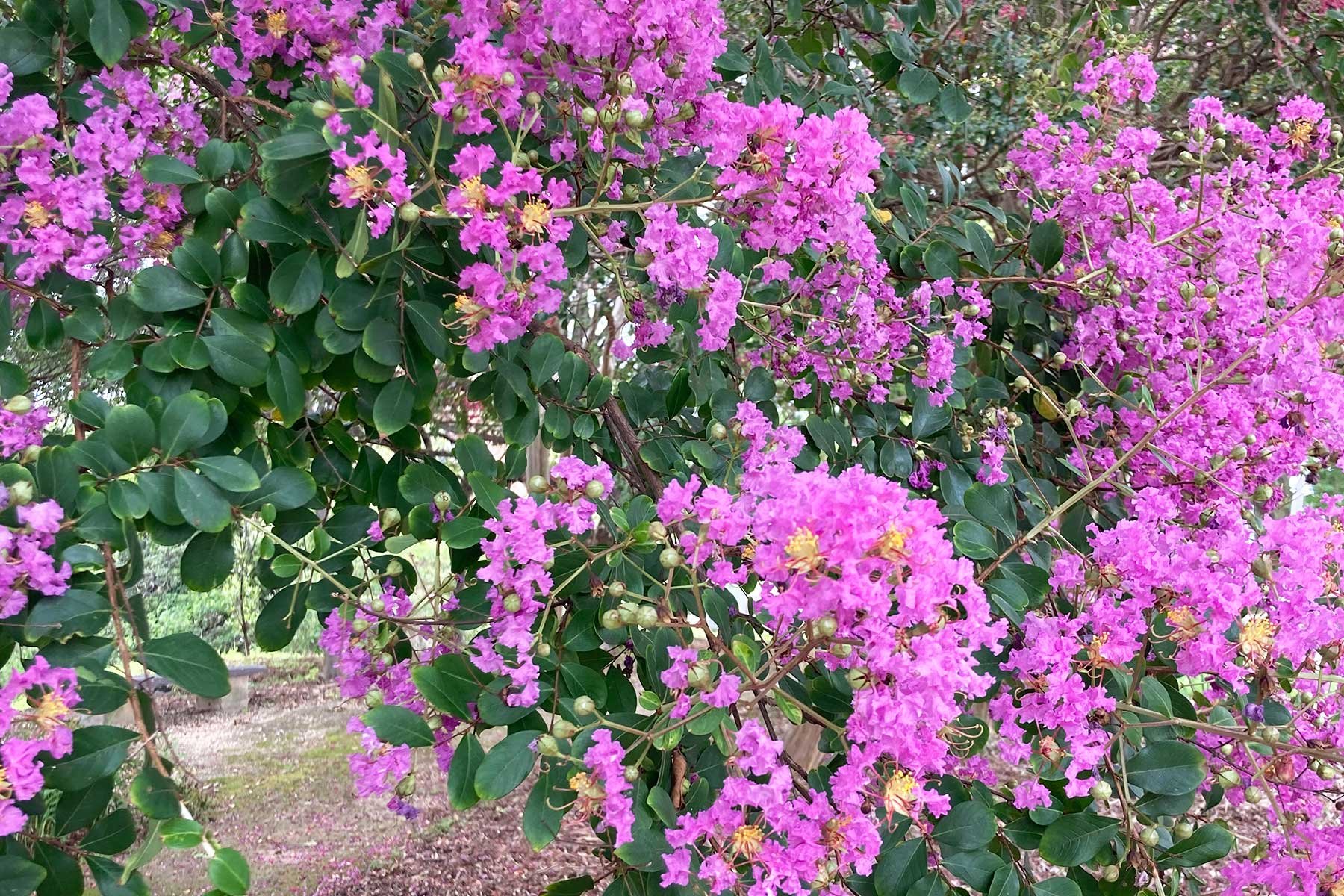
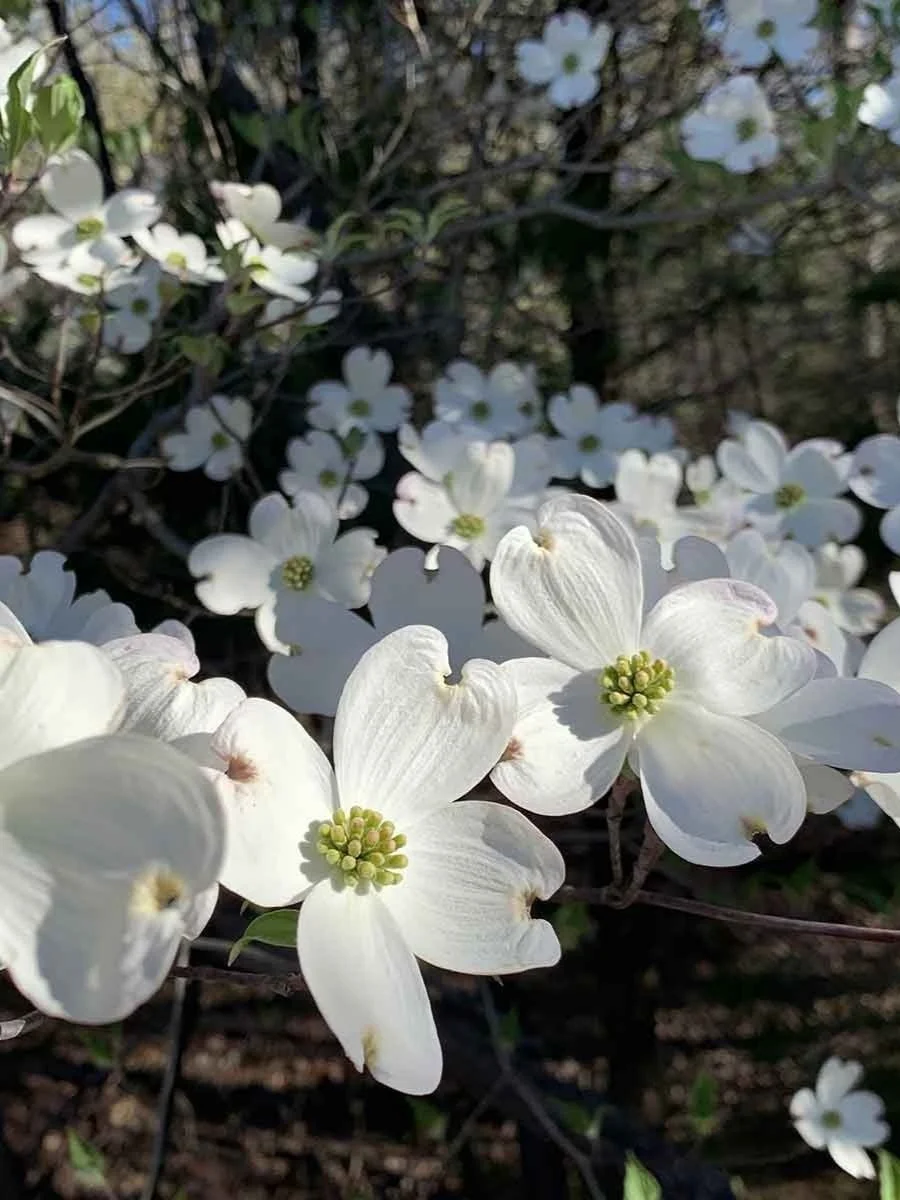
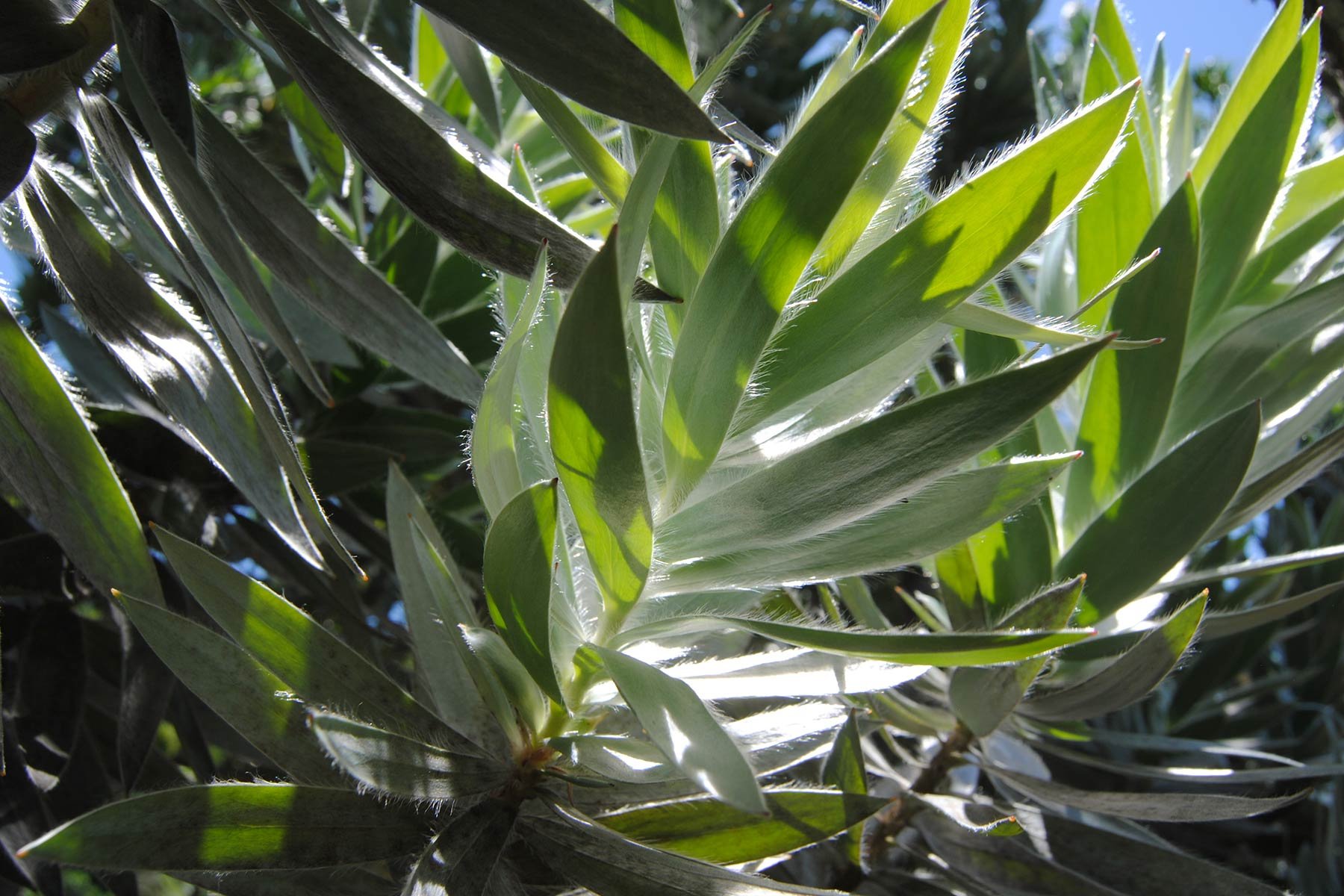





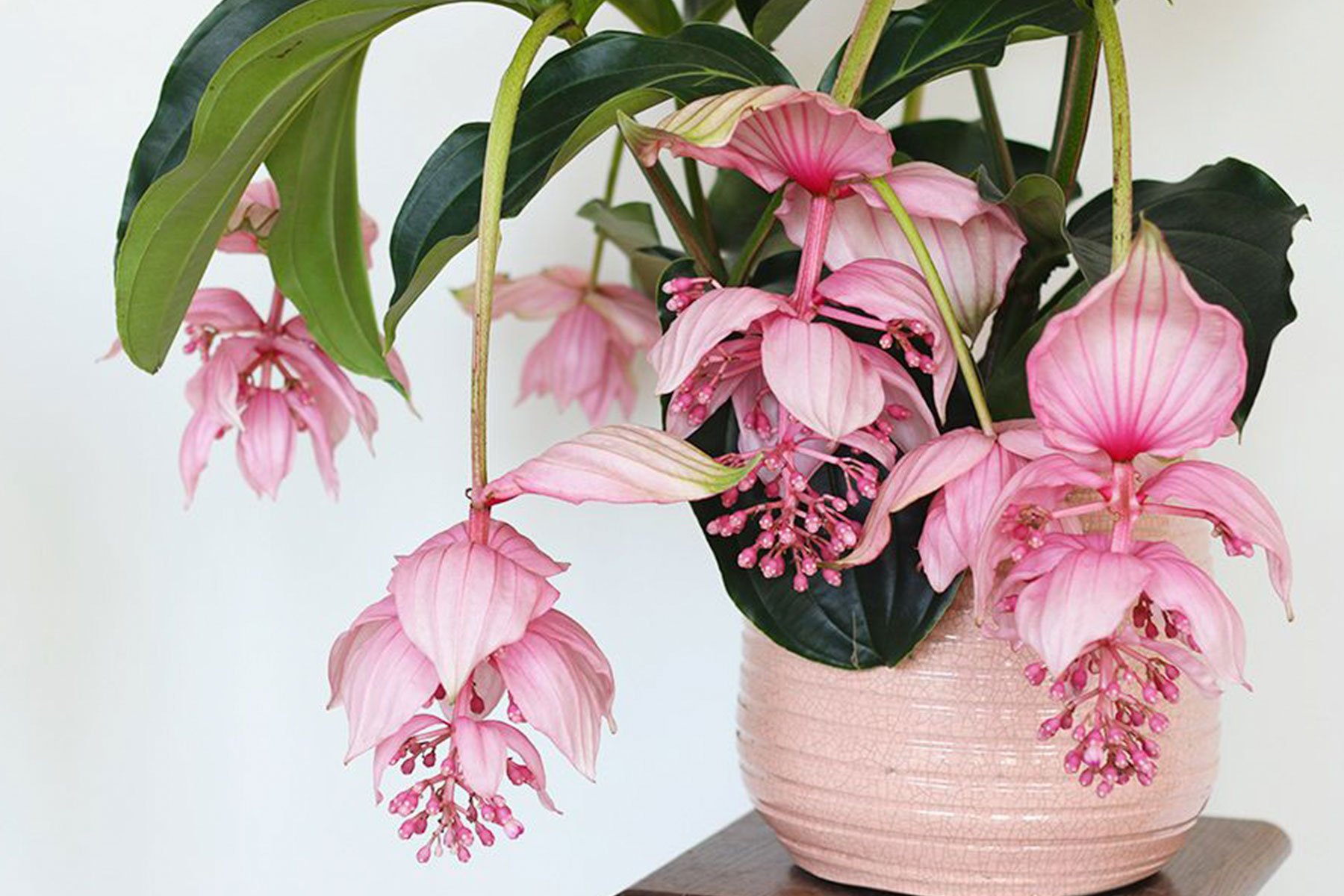
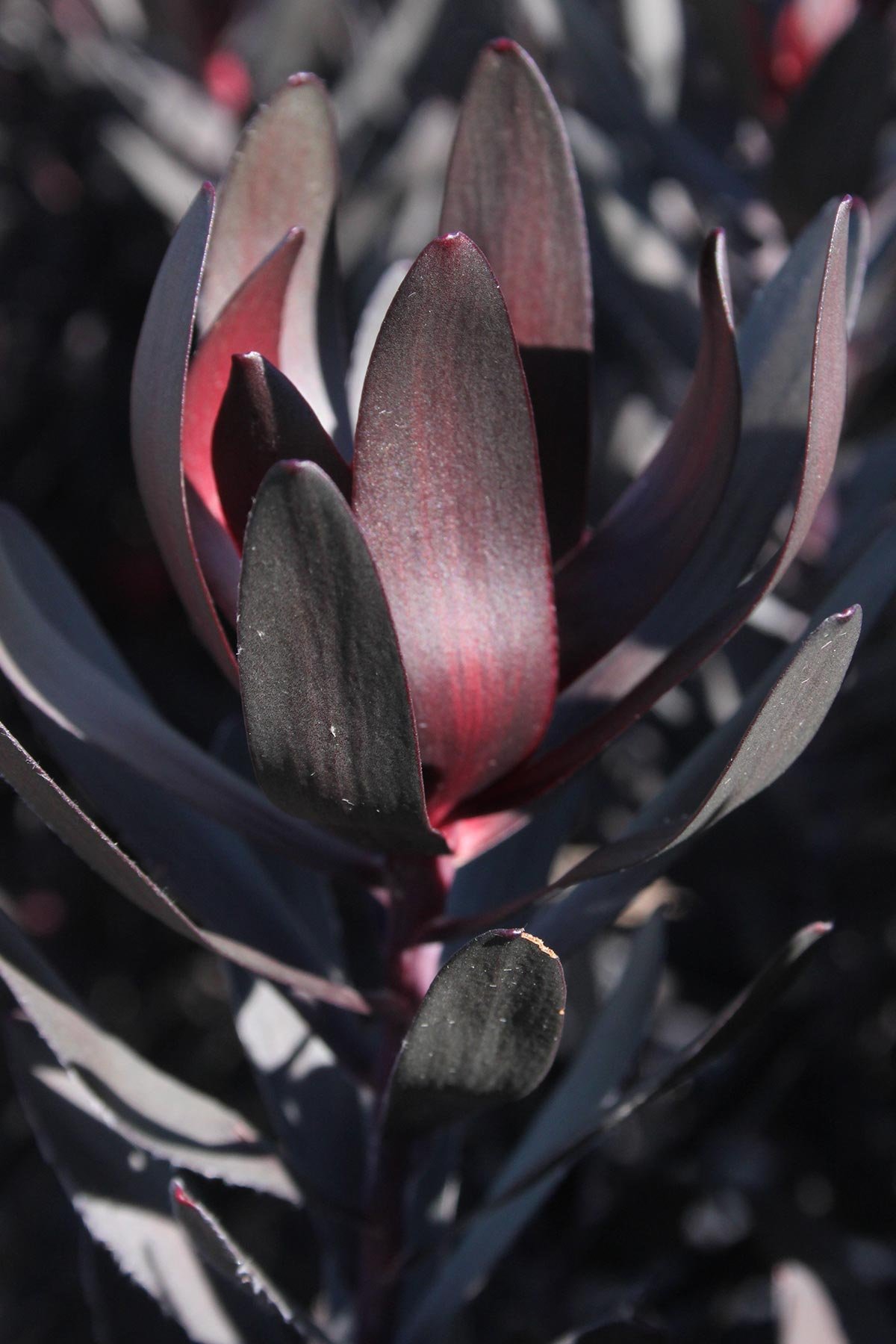



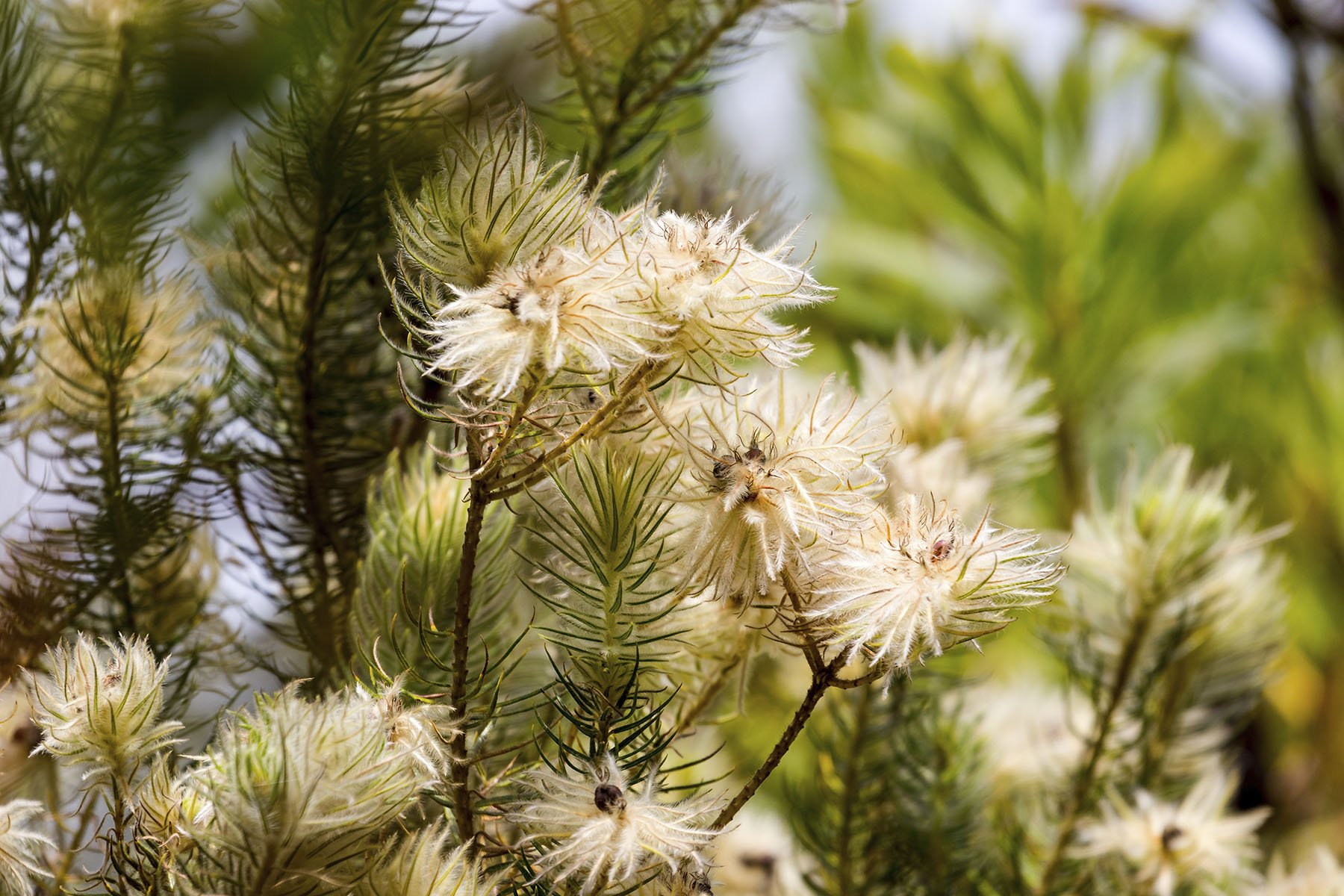
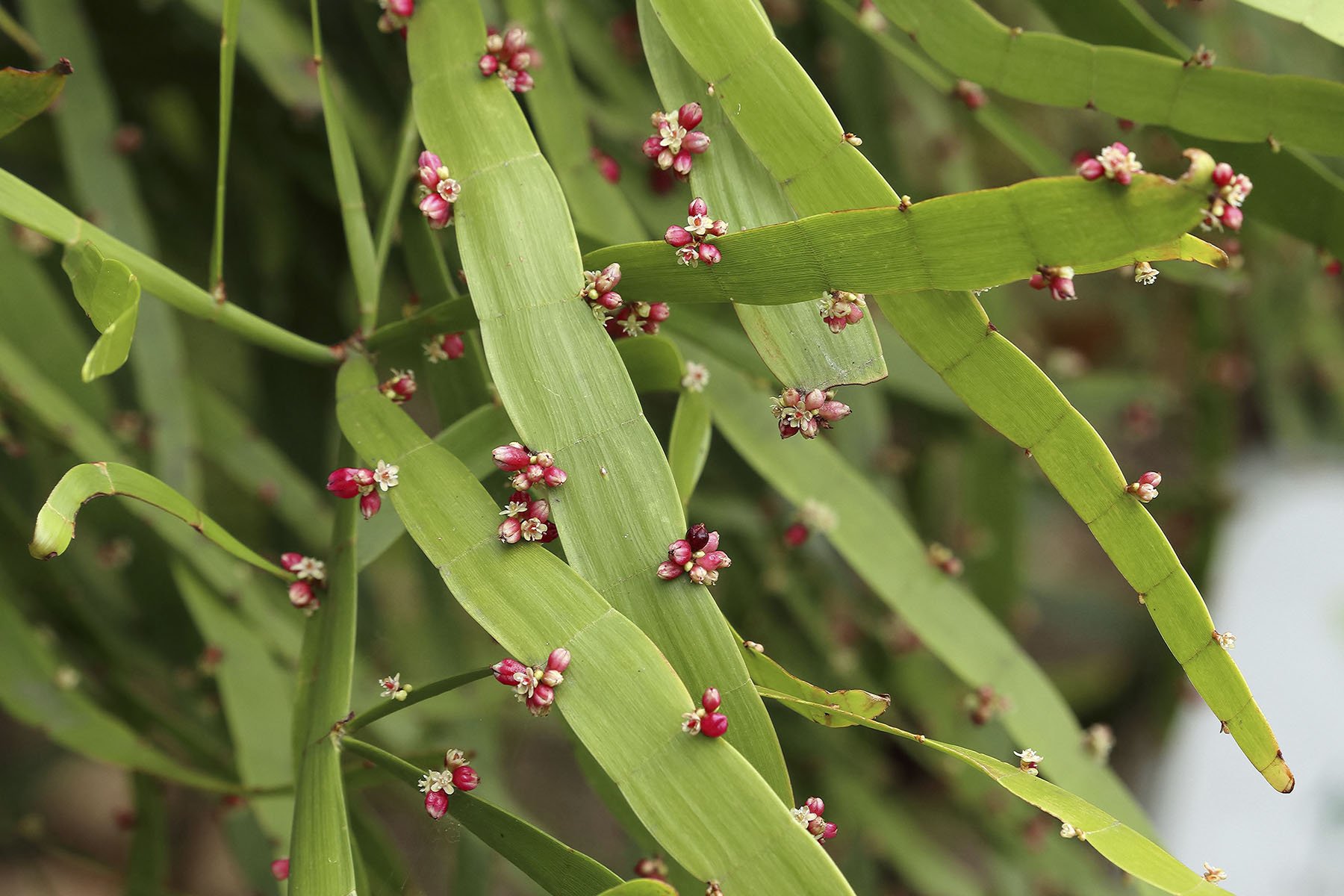

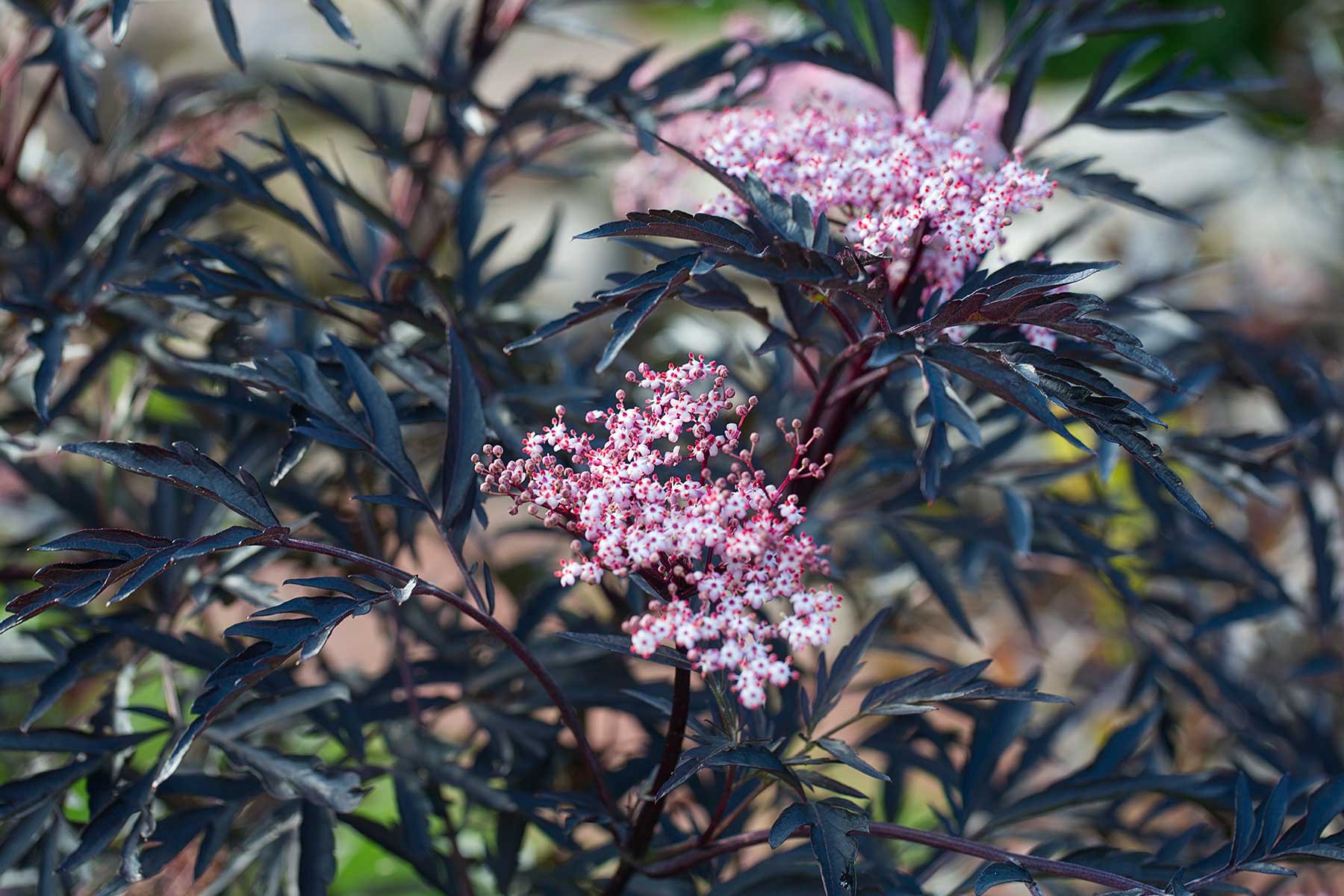


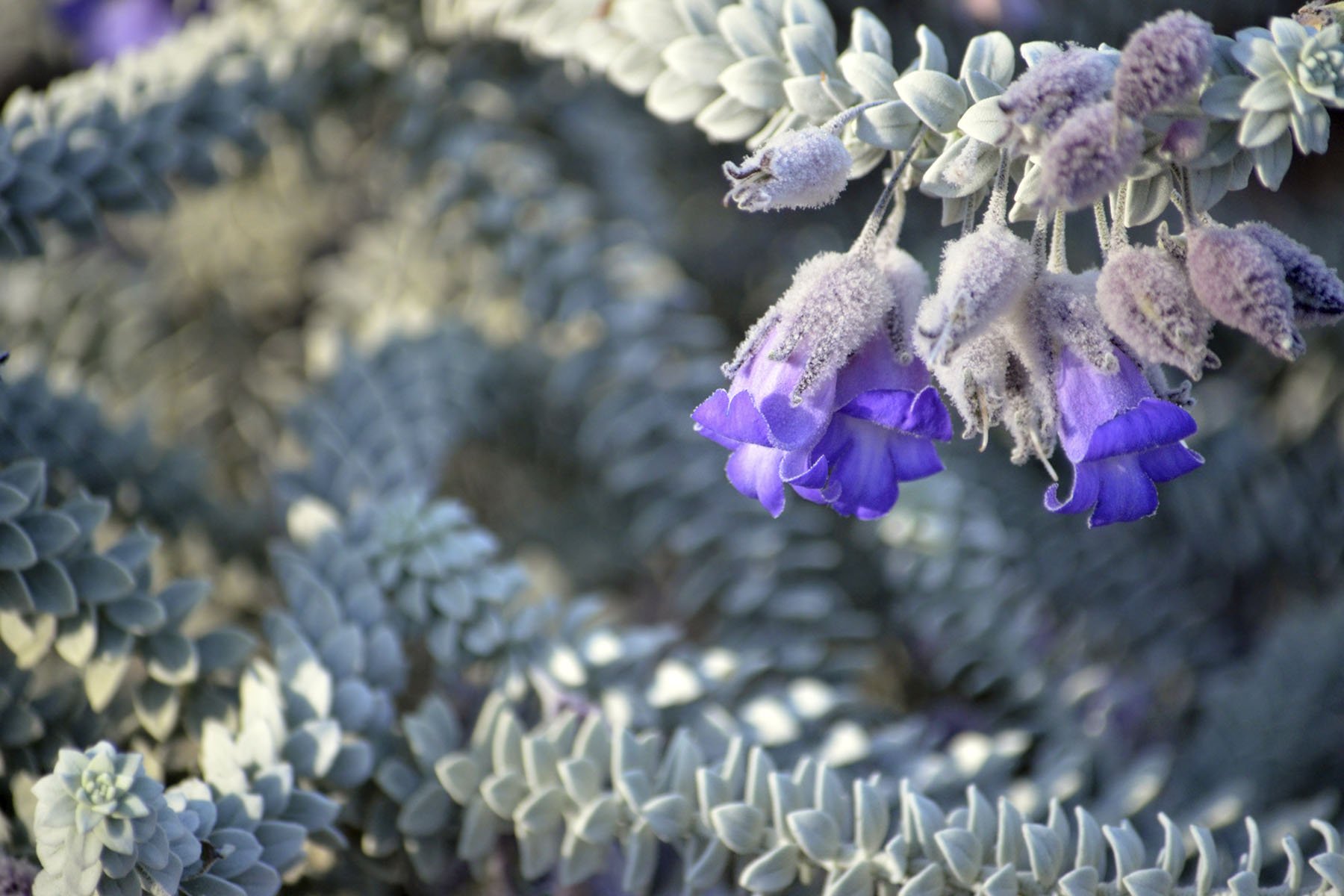


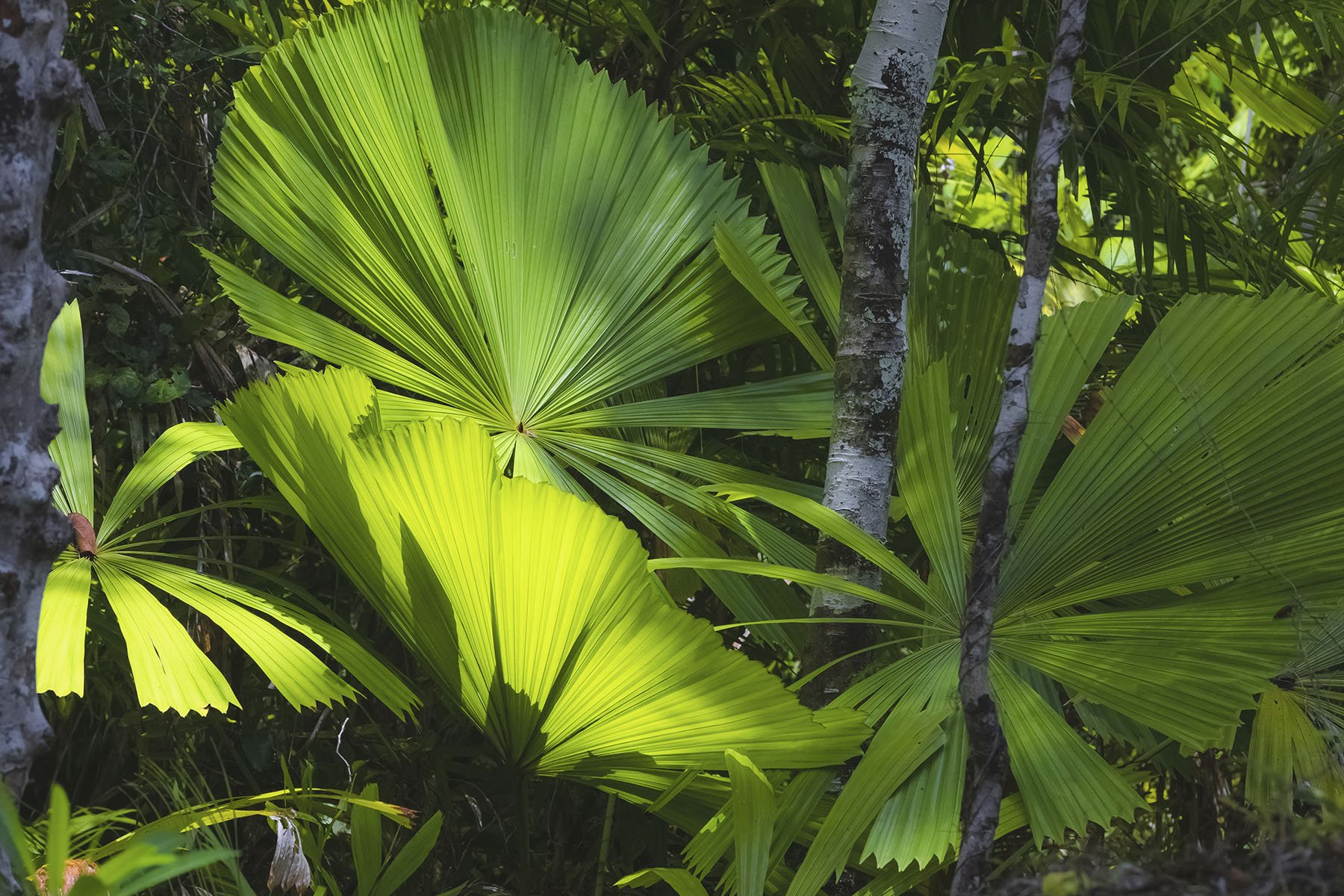

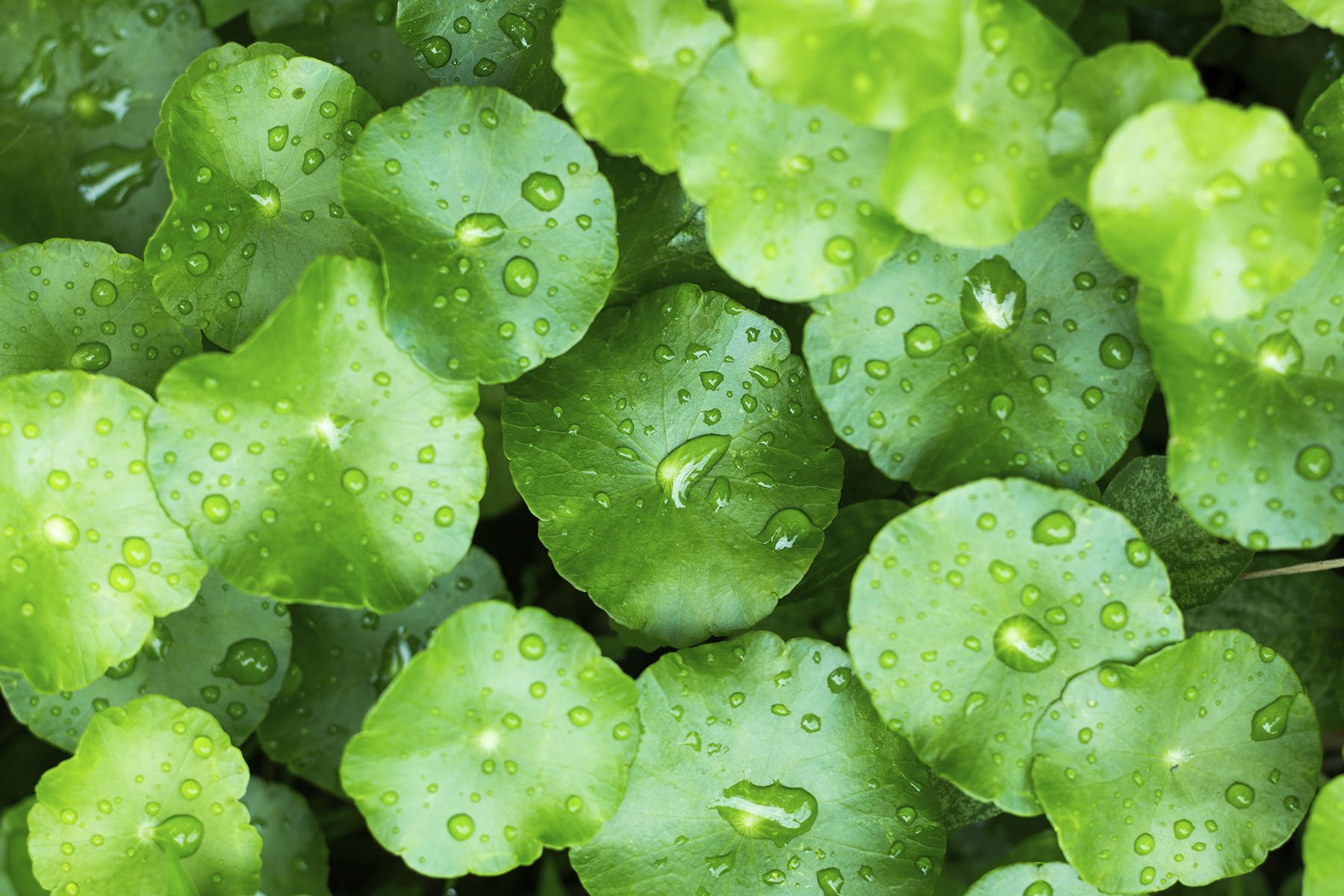
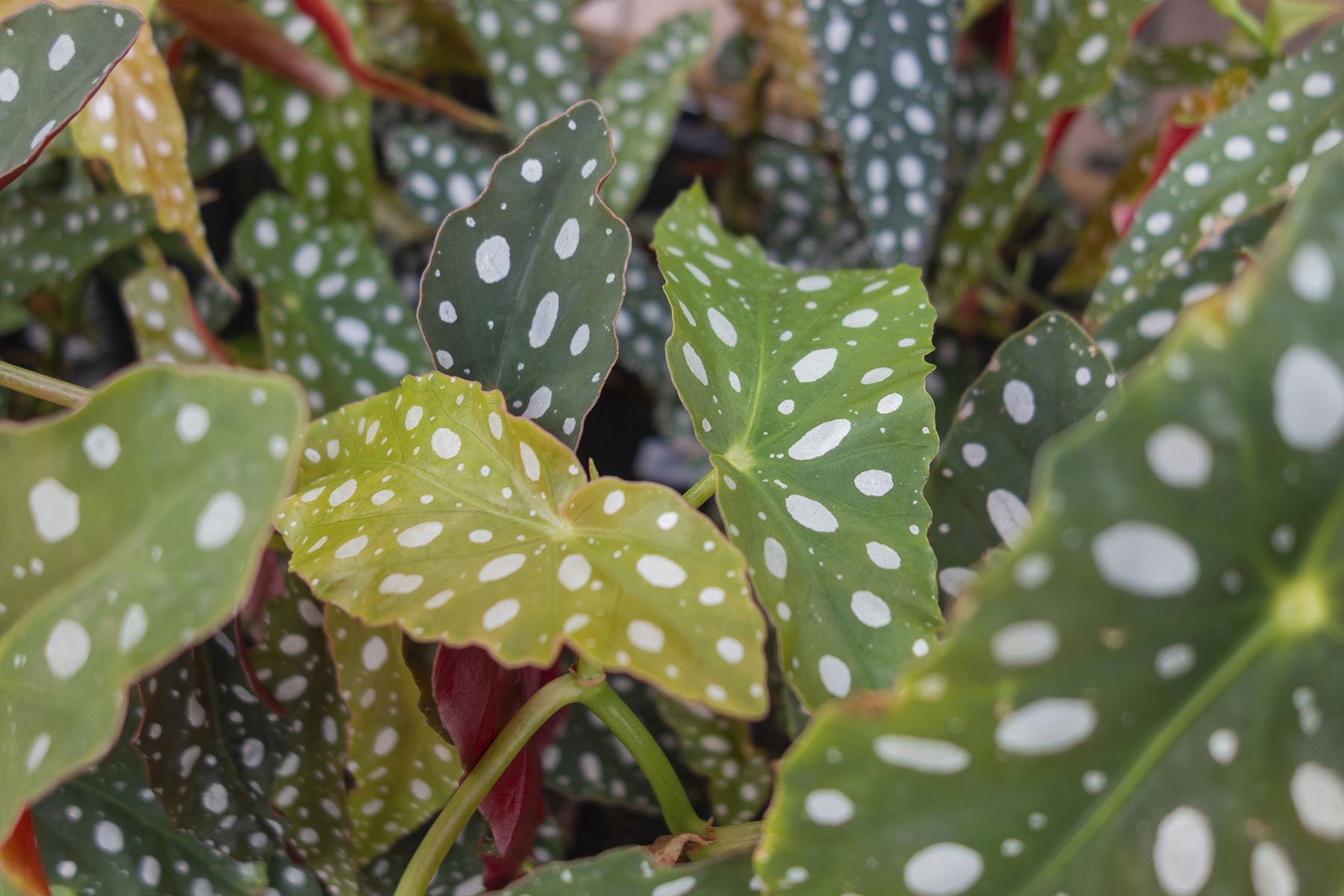

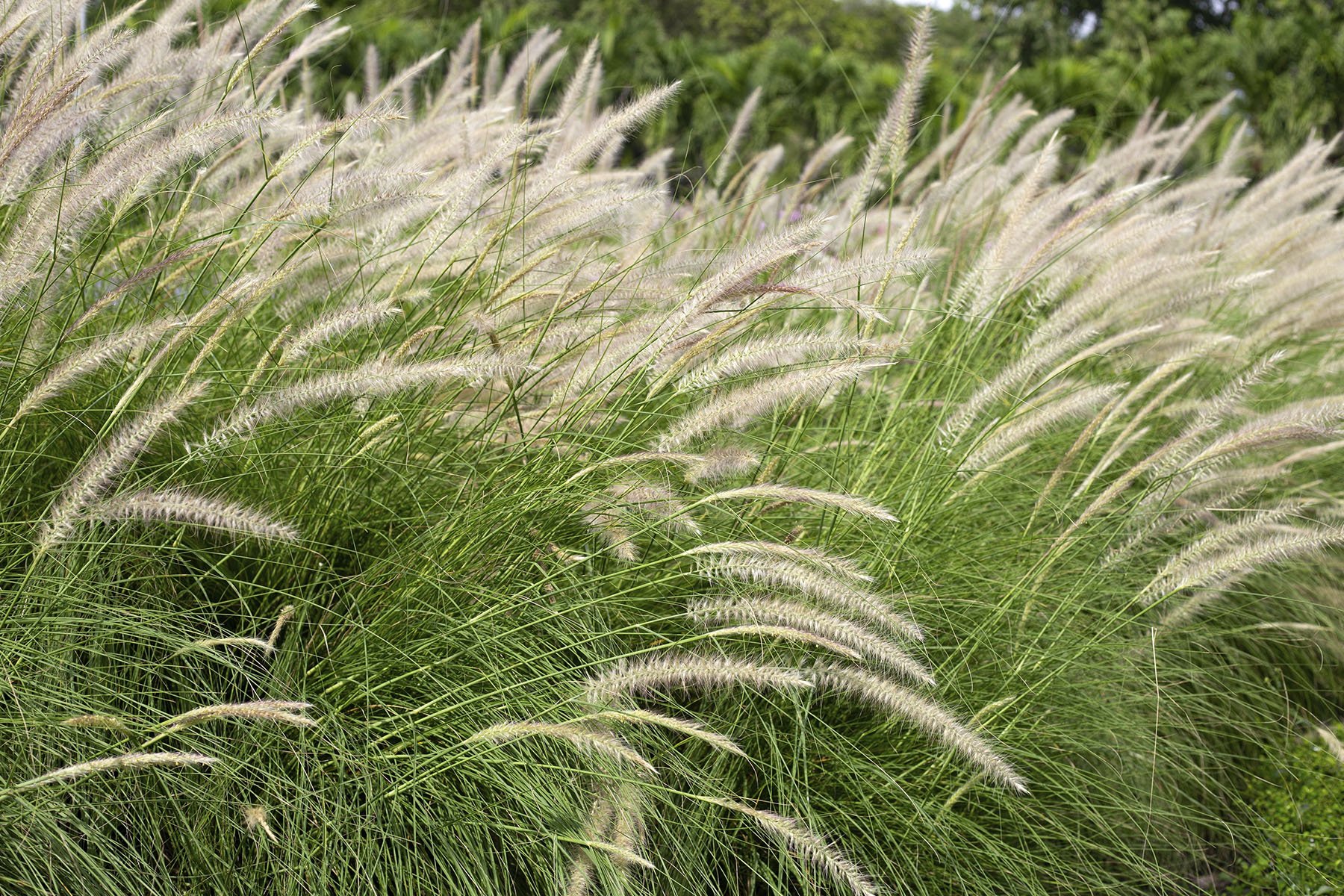
Hydrangea Quercifolia
A dramatic statement in any garden, giving a glorious accent of woodland vibes to all gardens it grows in.